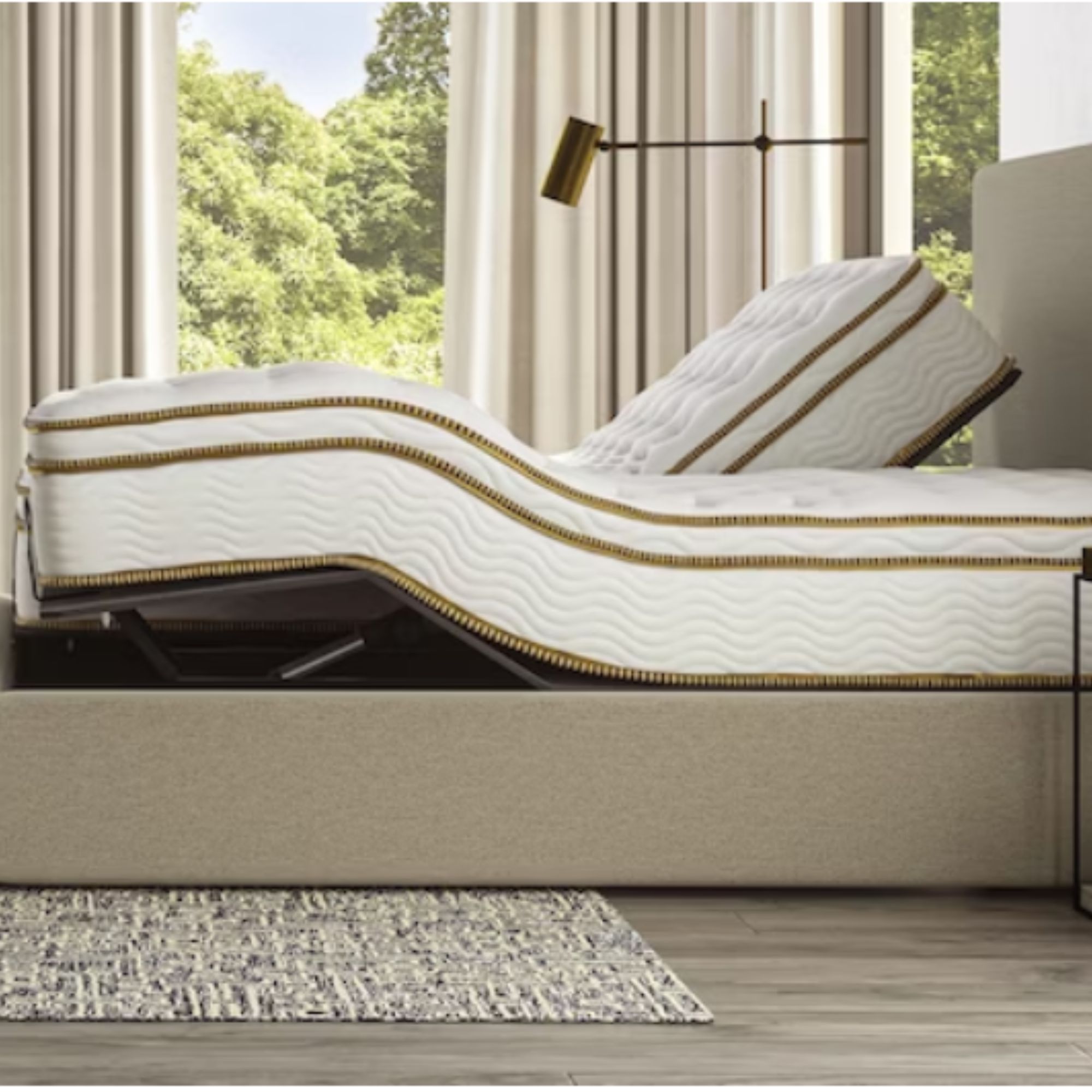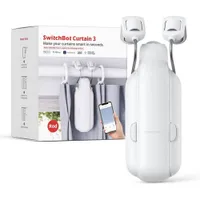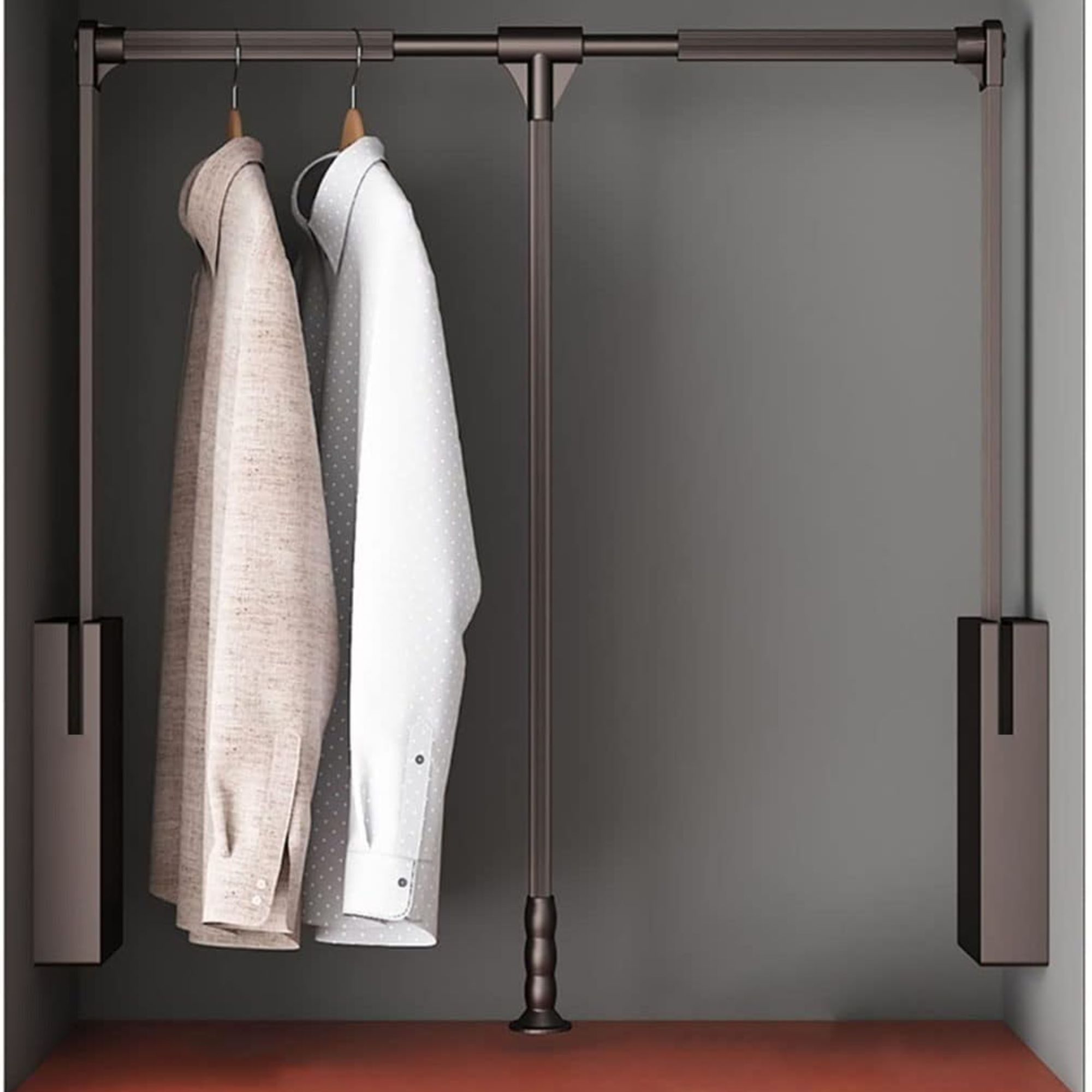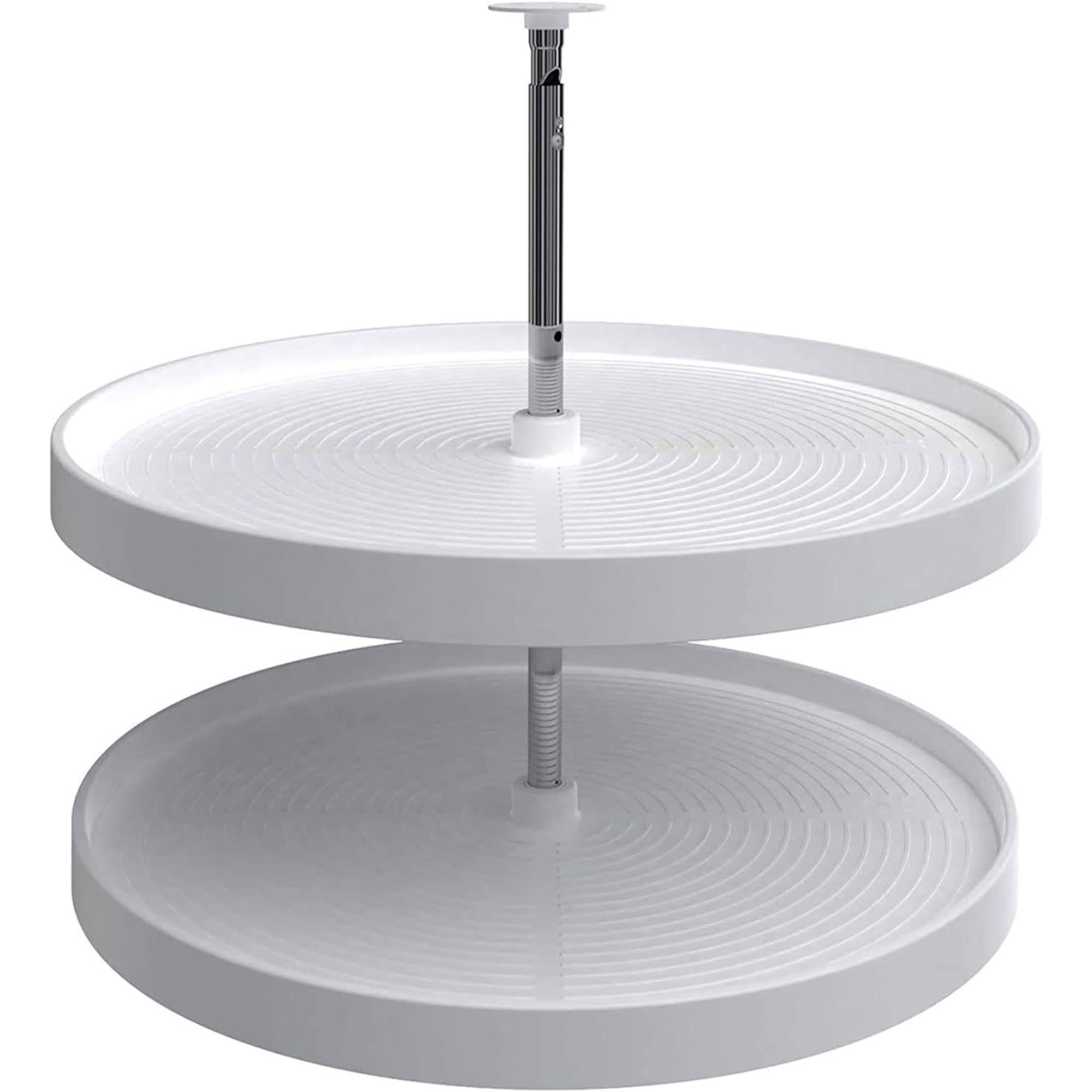How to make a bedroom more accessible without compromising on style
With thoughtful design choices and strategic upgrades, it's possible to design a bedroom that blends accessibility with aesthetics


Bedrooms are intended for comfort, but if this space is not accessible, it may be an exhausting and stressful place to navigate. So, whether you are designing a bedroom for an individual's specific needs or simply future-proofing your home, it's important to consider beautiful and functional ideas.
Accessibility and style are not mutually exclusive when designing a bedroom. Creating a more accessible space without compromising on style involves thoughtful design choices that prioritize aesthetics while accommodating the inhabitant.
From using smart controls to installing storage ideas for increased accessibility at home, our experts have you covered with these eight ideas.
How to make a bedroom more accessible without compromising on style
By selecting accessibility upgrades for the bedroom that complement the existing decor, you create a cohesive, stylish, and inclusive space.
1. Consider bed accessibility

As the most important part of any bedroom, the choice of bed can be an instrumental factor in increasing the ease of use of your space.
Choose a bed with a firm mattress and a height that allows for easy transfers, preferably 17-19 inches from the floor. Using a smart mattress can also be a useful addition, allowing you to change features like firmness depending on your needs.
Consider investing in a platform bed or an adjustable bed to enhance accessibility. 'A platform bed is lower to the ground, making it easier for individuals with mobility limitations to get in and out of bed,' explains home expert and founder of HBR Colorado, Brian Rudderow. 'Adjustable beds also offer customizable height and base options, making it easier for users to find a comfortable position.
Design expertise in your inbox – from inspiring decorating ideas and beautiful celebrity homes to practical gardening advice and shopping round-ups.
'In addition to being more accessible, platform and adjustable beds can also add a modern and stylish touch to your bedroom.'
Finally, a stylish yet sturdy headboard can make a significant impact on both accessibility and design. Choose one with supportive features, such as padded upholstery, a grab bar, or built-in shelving to provide comfort and convenience.
2. Integrate easy-grip hardware and smart controls

To make a bedroom more accessible, the hardware (door handles, drawer pulls, closet rods, and light switches) should be easy to operate and reach.
Thankfully, there are many options to choose from, including:
- Lever-style or touchless handles
- Pull-down or sliding closet rods
- Touch or motion sensors
- Voice-activated light switches
Additionally, voice-activated smart assistants like Amazon's Alexa or Google Nest can help promote independence for individuals with mobility impairments, like spinal cord injuries or arthritis.
These smart devices can control curtains, lighting, music, alarms, or even the thermostat, all while fitting seamlessly into your chosen decor themetouch.
SwitchBot Automatic Curtain Opener | Was $89.99, now $71.99 from Amazon
<p>This Bluetooth remote control smart curtain opener with app control and timer can be used with Alexa, Google Home, and HomeKit to open and close your curtains without moving a muscle.3. Create definition with contrasting colors

'Using contrasting or clashing colors can aid individuals with visual impairments in easily differentiating between different elements in a room to improve depth perception,' explains Robin Aebischer, interior designer and co-founder of BUYnBLUE. 'This can include using different colors for walls and furniture and door and drawer handles.'
For instance, using contrasting handles to door color to make identifying exits easier and light-colored walls with darker flooring can help individuals with low vision better navigate the space.
4. Design a convenient layout

The layout of a bedroom can greatly impact its accessibility, so it's essential always to prioritize creating a functional and easy-to-navigate layout. There are a few ways to do this:
- Ensure adequate space (32 inches minimum) for wheelchairs and assistive devices to navigate around furniture and between doorways.
- Widen existing doorways to at least 36" if possible, to allow for better traffic flow.
- Consider sliding or pocket doors to save space and make opening them simpler.
- Arrange existing furniture to optimize maneuverability. For example, place the bed against a wall to provide more space, and avoid placing furniture in the way of commonly used pathways. You may also wish to invest in smaller pieces where necessary.
- Arrange the bed with enough space on both sides for easy access for mobility aids.
5. Accessible storage solutions
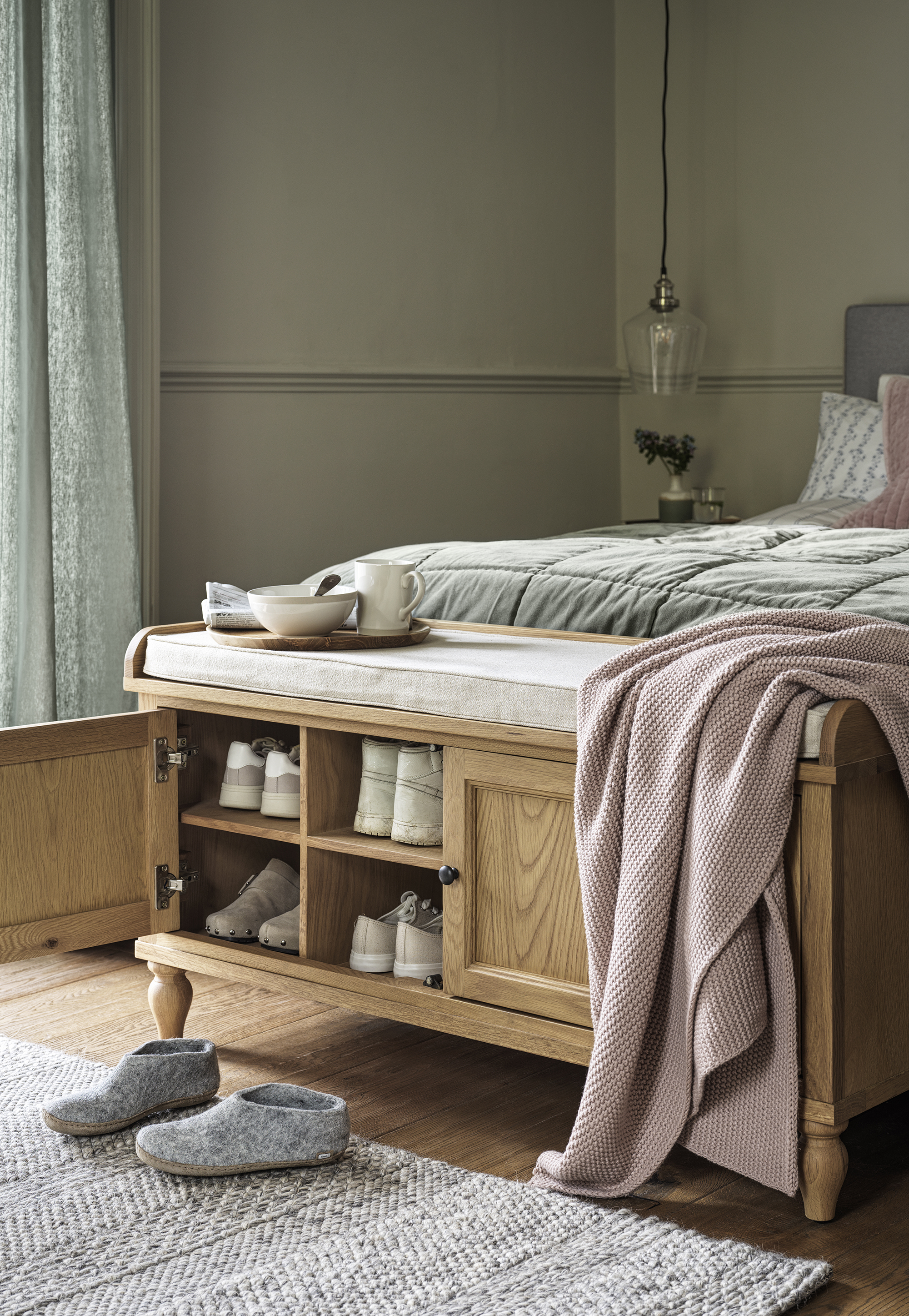
To make your bedroom more accessible, opt for storage solutions that are easy to reach, such as under-bed rolling storage, pull-down closet rods, lazy Susan shelves, or custom-height closets to improve reachability.
To maximize floor space for maneuverability, utilize multi-functional furniture, like a bed with built-in storage or an ottoman that doubles as storage. This makes it easier to access items and adds a touch of functionality and organization to the room.

$69.99 at Amazon
Make storing items on a ground level more convenient with rolling under-bed storage. These containers are ideal for those who find vertical storage challenging.
6. Adequate lighting
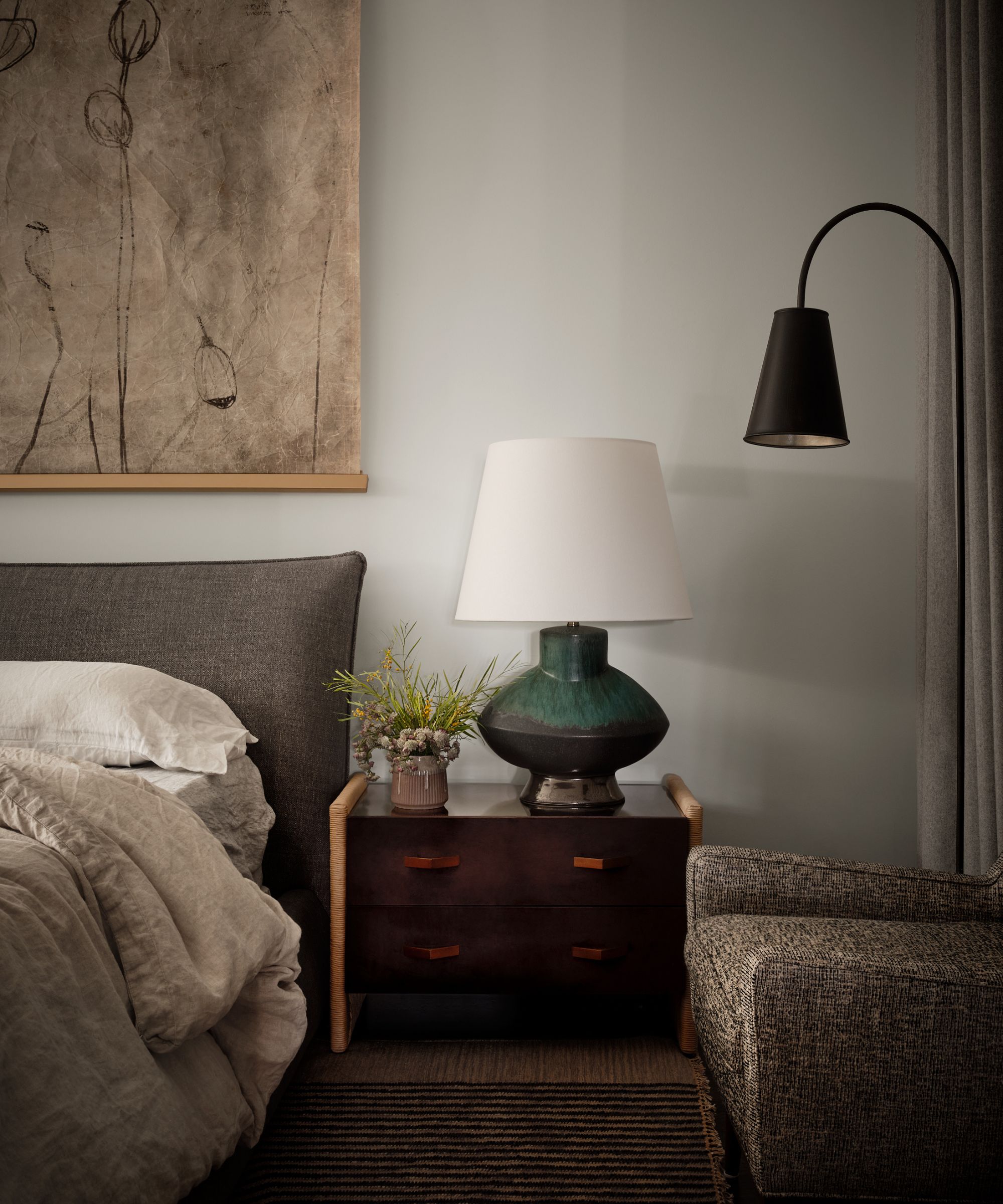
Proper lighting is important in any bedroom, but it becomes even more crucial when creating an accessible space. This ensures better visibility for individuals with visual impairments and increases safety and ease of movement.
Choose bedroom lighting fixtures that provide ample illumination while being easy to reach and operate. Install multiple light sources with accessible controls in multiple locations, such as at the bedside and at the bedroom entrance.
Use a mix of ambient, task, and accent lighting to create a well-lit space that's easy to navigate. Dimmable task lighting should be strategically placed near key areas, such as in reading spaces, and should be combined with general ambient lighting to combat glare and discomfort. Utilize motion-sensor lights in drawers and closets for added convenience.
7. Opt for non-slip flooring
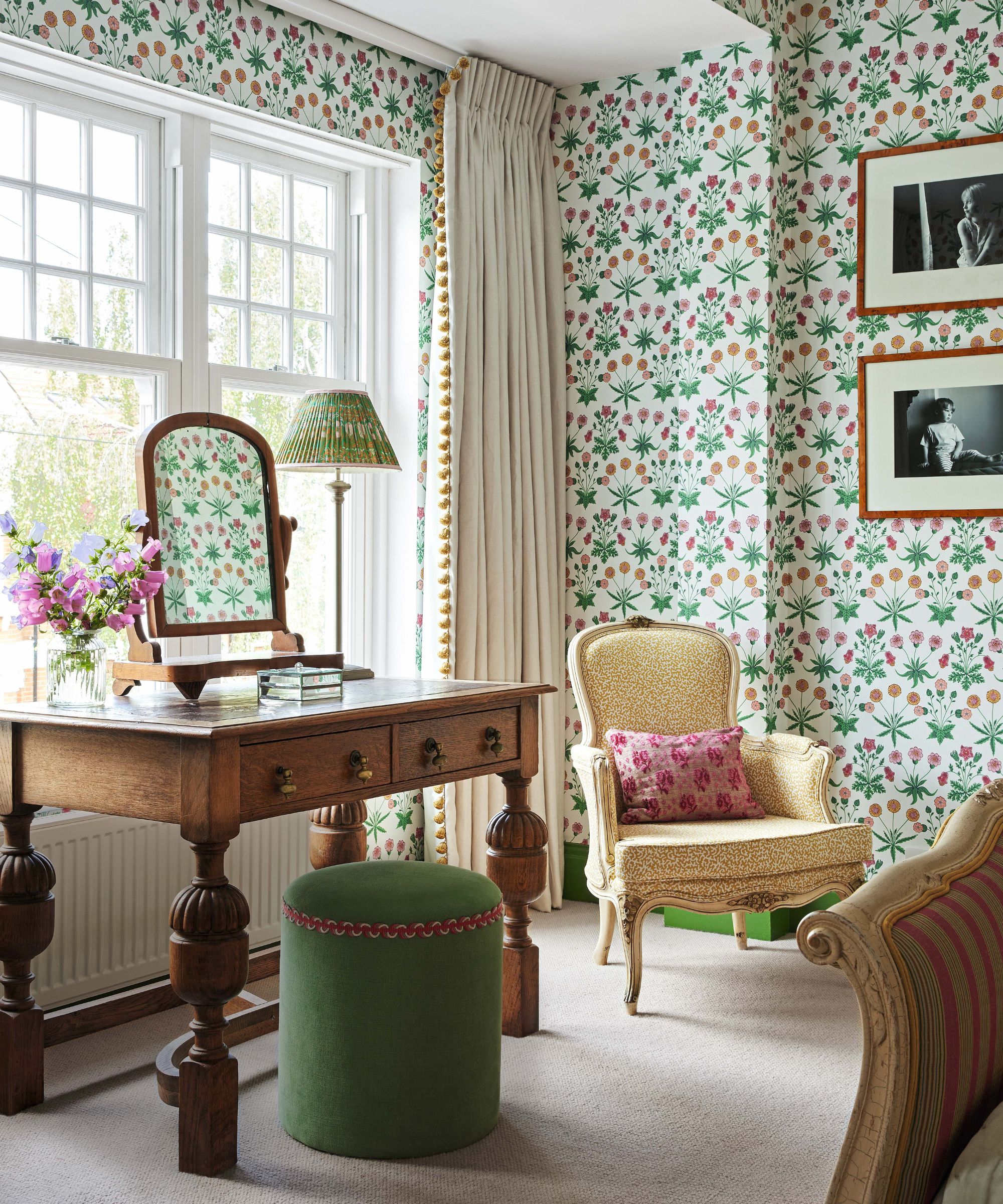
Slippery floors can be hazardous for anyone, but they can be particularly dangerous for individuals with mobility issues. To avoid trips or falls, use slip-resistant flooring in your bedroom, such as hardwood or carpet with a low pile height.
8. Disguise grab bars

Grab bars are a must for many, whether it's to aid in getting in and out of bed, reaching up to shelves, or lowering onto chairs. However, these are often not the most attractive elements of a bedroom.
Many manufacturers now offer products in designs and finishes that complement interior styles, ensuring that these features look intentional and integrated.
Additionally, where possible and not at an inconvenience to the user, using tactfully placed surfaces – like stylish shelving, over bed tables with handles, or bedside tables with discrete handles, such as this retractable bar from Amazon – can provide support and ensure safety without compromising the aesthetic of the room.
Make sure to choose high-quality options that can support an individual's weight and are securely installed while blending seamlessly into the bedroom's decor.
A key element of any universally accessible bedroom is the ability to adjust certain features according to the user's needs. This can include adjustable beds, chairs, desks, and other furniture pieces. Look for items with adjustable height or position to accommodate different needs.

Lola Houlton is a news writer for Homes & Gardens. She has been writing content for Future PLC for the past six years, in particular Homes & Gardens, Real Homes and GardeningEtc. She writes on a broad range of subjects, including practical household advice, recipe articles, and product reviews, working closely with experts in their fields to cover everything from heating to home organization through to house plants. Lola is a graduate, who completed her degree in Psychology at the University of Sussex. She has also spent some time working at the BBC.
